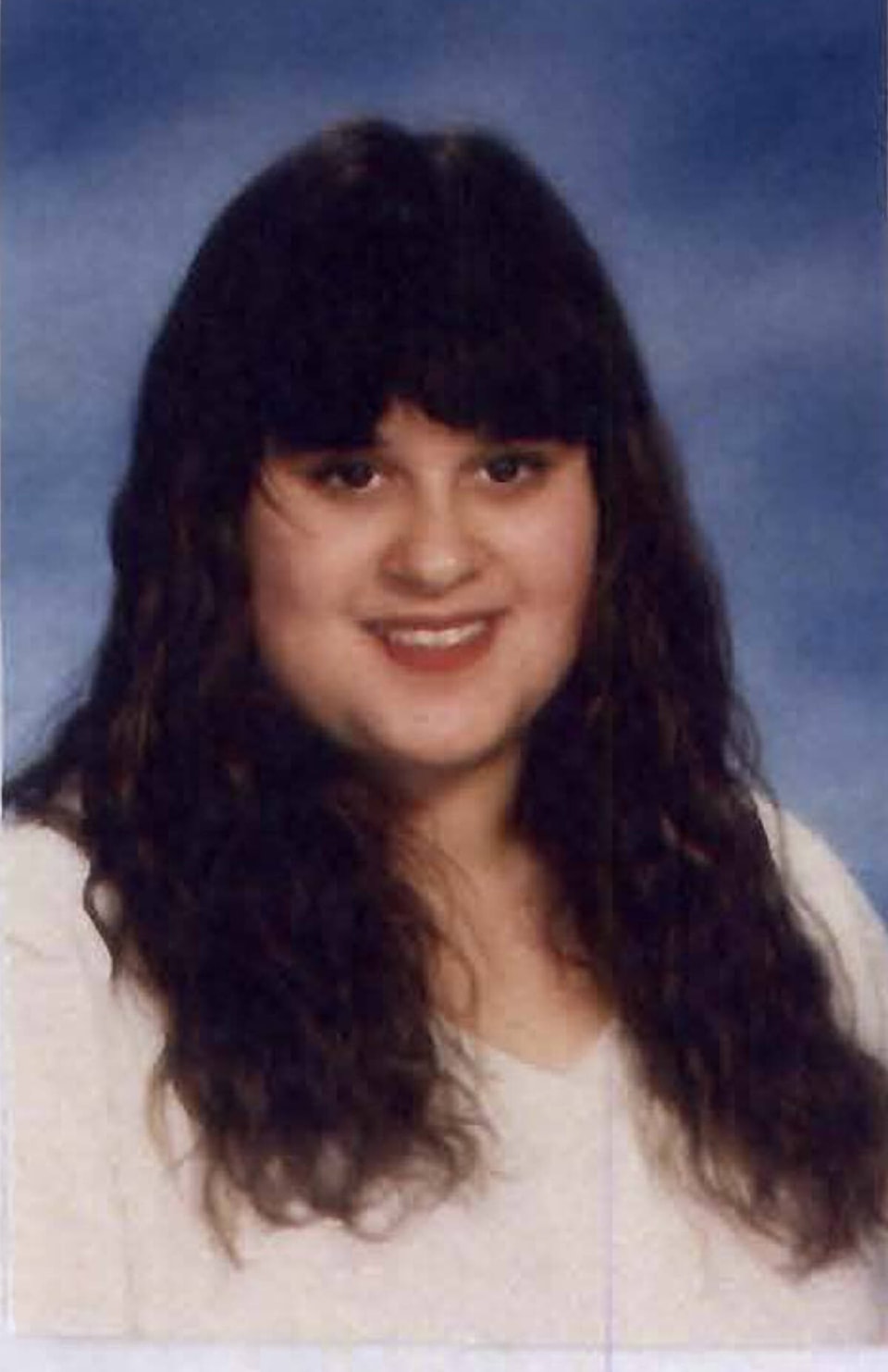It’s been over 20 years since Kimberly Michelle Ratushniak has been seen.
On Dec. 21, 2003, Ratushniak boarded a plane flying to John F. Kennedy International Airport in New York City. Originally from Campbell River, the part-Indigenous 25-year-old was emigrating to the United States to find work as a nurse. After she landed, she called her mother from a payphone and told her she was staying in “Nurses Quarters” on Long Island.
It has never been clear where “Nurses Quarters” is. Long Island is an island of four counties, two of which are boroughs of New York City (Kings/Brooklyn and Queens). The two other counties are Suffolk and Nassau.
According to the National Missing and Unidentified Persons System (NamUs), Ratushniak called an unnamed friend in New York City on New Year’s Eve in 2003 from a pay phone in Suffolk County. She told her friend she was heading to Times Square with friends to watch the Times Square Ball Drop.
RELATED:
NamUs’ case file, created on Jan. 8, 2016, says the last possible date anyone had contact with her was early January 2004, possibly even New Year’s Day. She called an unnamed person, telling them she was deciding if she should “sign over her five-year citizenship”. It is unclear what is meant by this.
Ratushniak had brown hair and eyes with a distinctive one to two-inch scar on the inside of her left forearm. She also has a tattoo of a daisy and a butterfly on her back.
Unfortunately, there is no more information on her disappearance, and her case remains unsolved. She would be 45 years old today.
Unsolved and Unknown, an Oklahoma-based Facebook group advocating for victims of unsolved cases, published a short profile on Ratushniak on May 5, along with 24 different cases. May 5 is Missing and Murdered Indigenous People Day.
Laura Palmer, a podcaster running the Island Crime podcast, says it’s important to continue to bring up cold cases of murdered and missing people.
“In some cases, these files haven’t had much media attention because they don’t have a family friend or advocate on their behalf… or the family just doesn’t have the capacity to take on that role,” she says. “In cold cases pre-social media…pre-cell phones, even pre-internet, there may also be limited information or few images. Police have limited resources to raise public awareness and so this is an area where the public and local reporters/journalists like you or I can play a role.”
If anyone has any information, call the RCMP at 1-250-755-3220.



